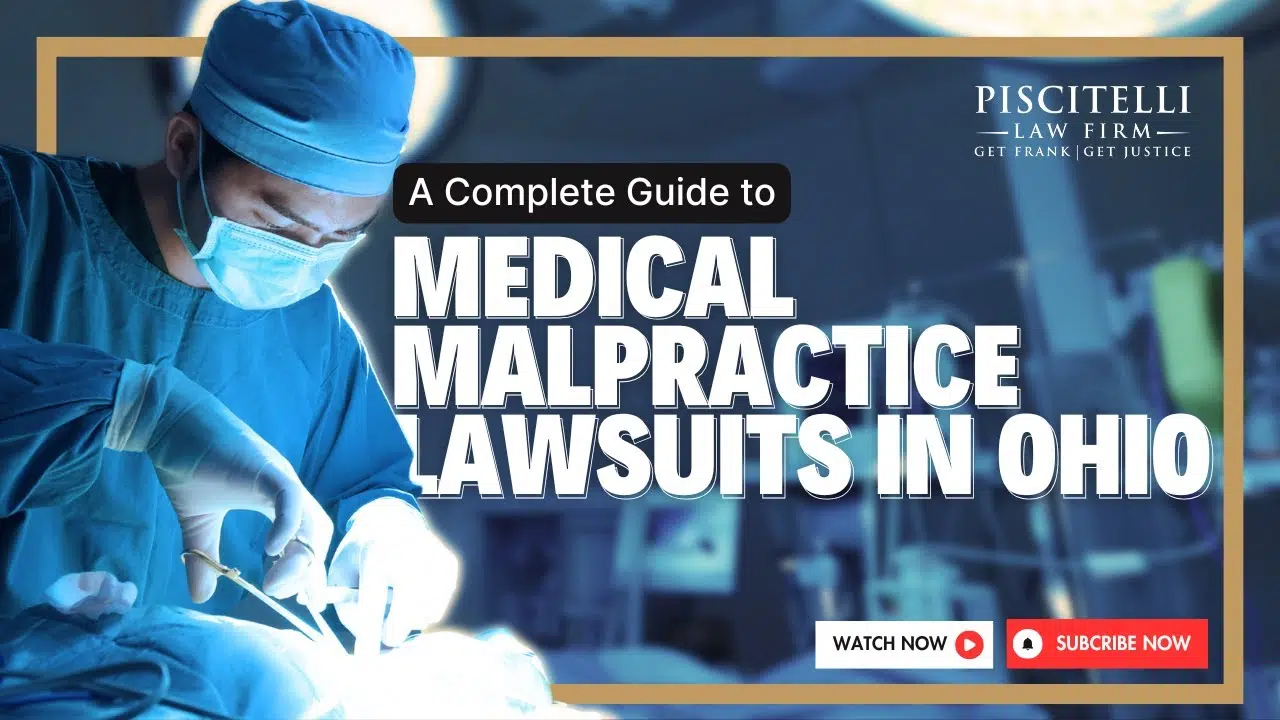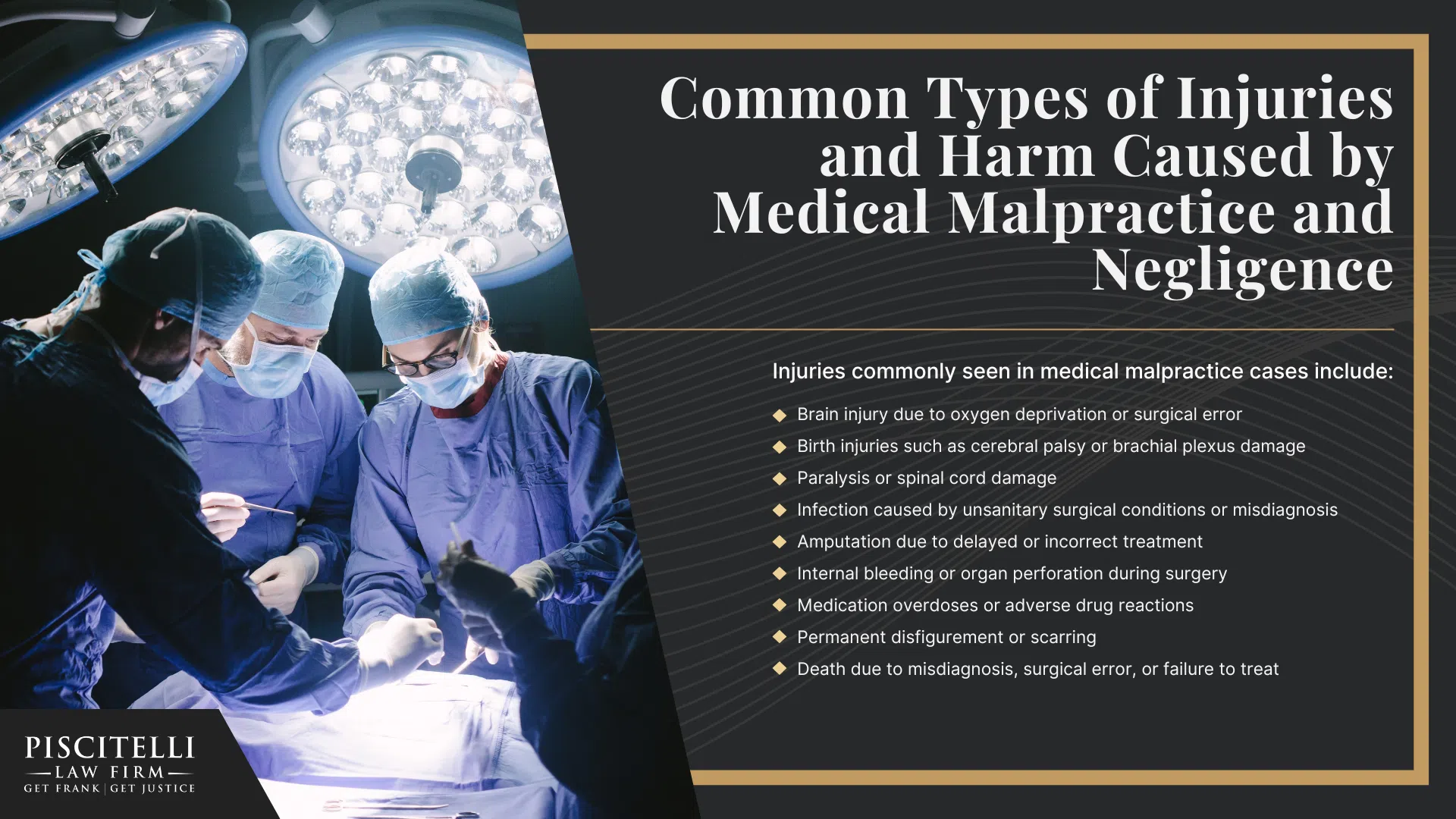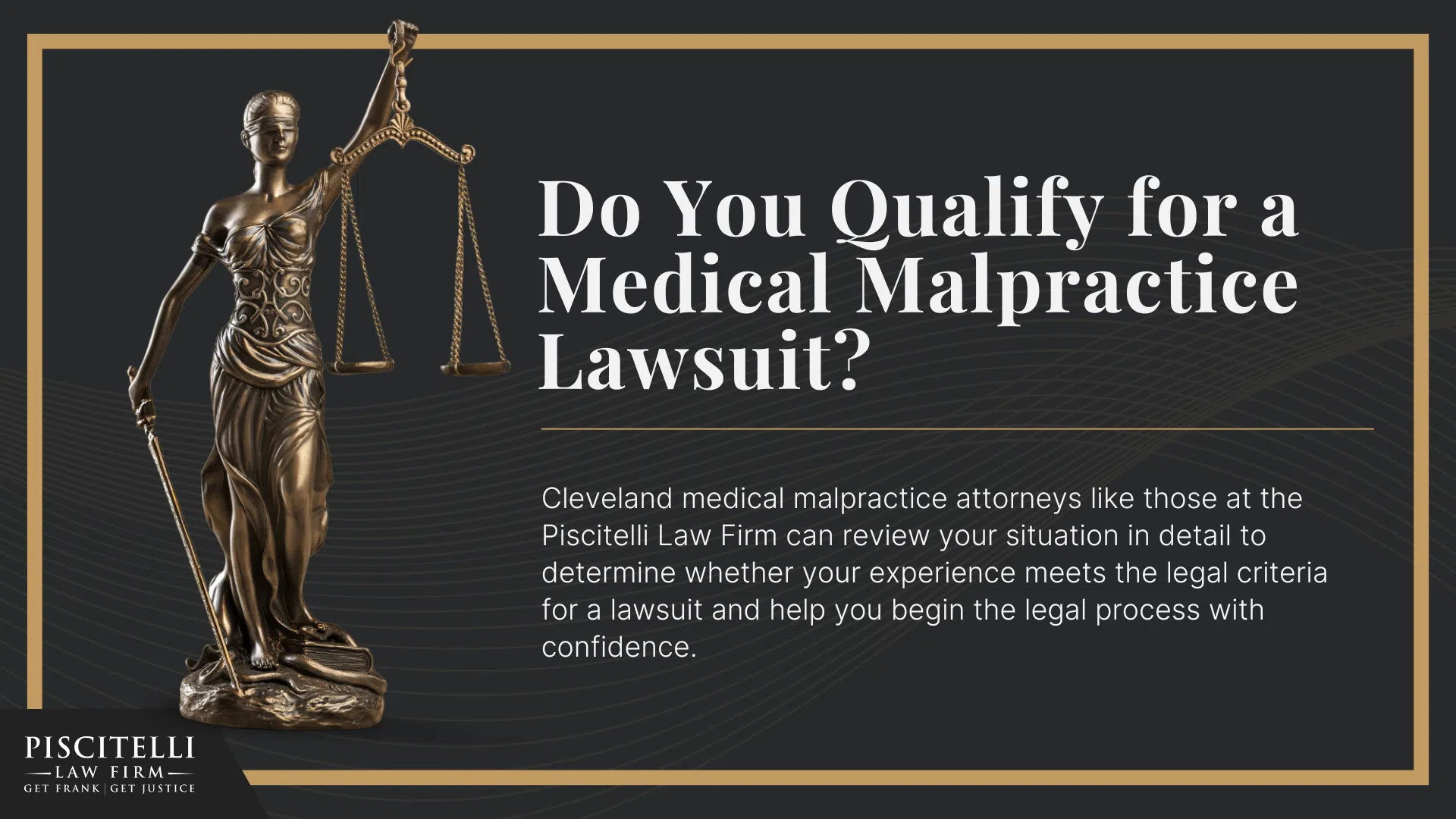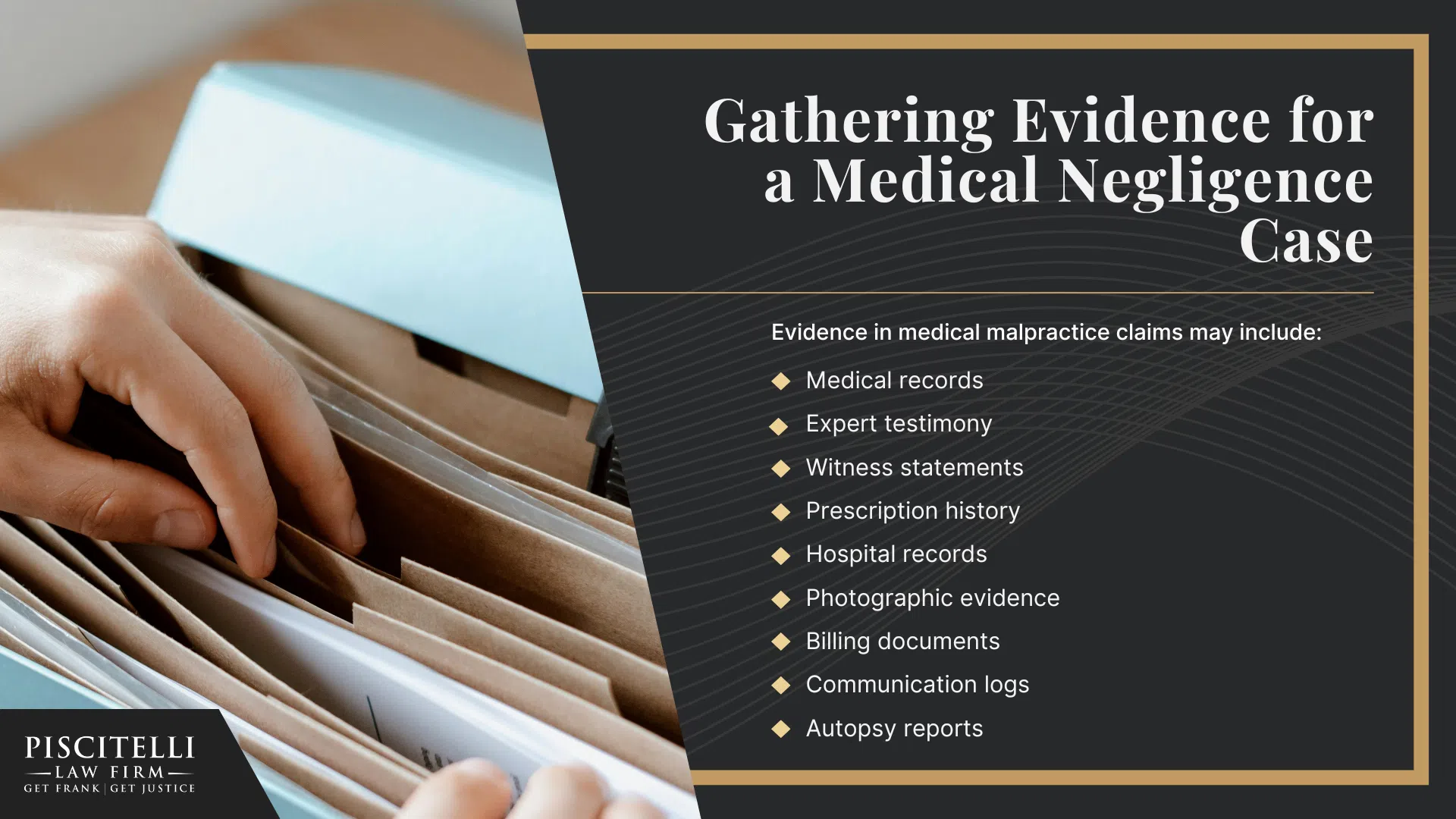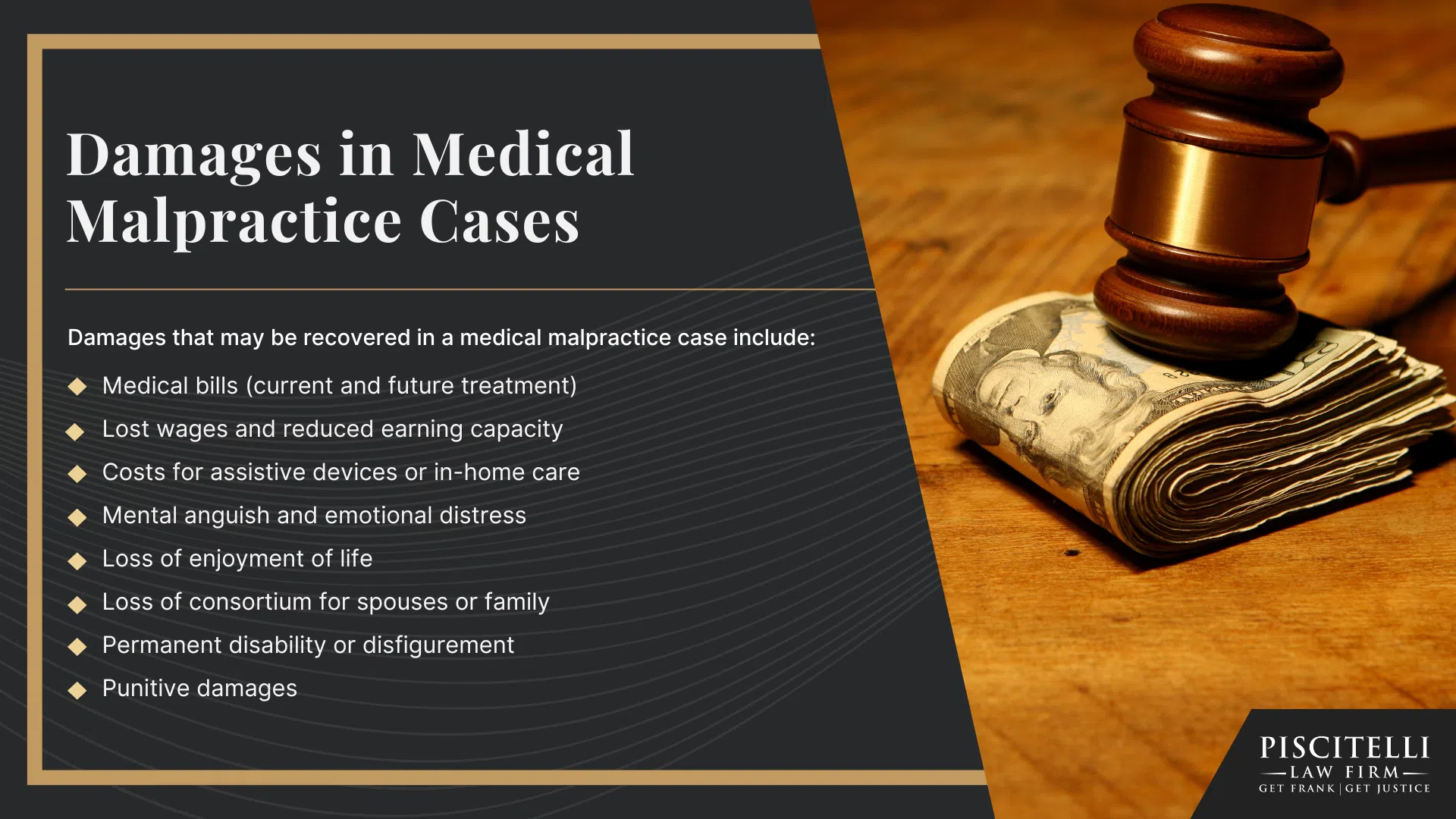Medical malpractice occurs when a medical provider fails to meet the accepted standard of care, resulting in serious harm, permanent disability, or death.
In Ohio, a valid medical malpractice case typically requires proof that the provider’s negligence directly caused the patient’s injury or worsened condition.
These cases may arise from surgical errors, misdiagnosis, delayed treatment, or other preventable medical mistakes.
According to Ohio Revised Code § 2305.113, victims generally have one year from the date the injury was discovered (or reasonably should have been discovered) to file a claim, though certain exceptions may apply.
Claims must include an Affidavit of Merit, signed by a qualified medical expert affirming that malpractice likely occurred.
Because of the technical and legal complexity of these cases, a thorough investigation is critical before moving forward.
Injured victims and grieving families often face major resistance from hospitals, providers, and insurance companies attempting to avoid liability.
An experienced medical malpractice lawyer can help you understand whether your case meets Ohio’s legal thresholds.
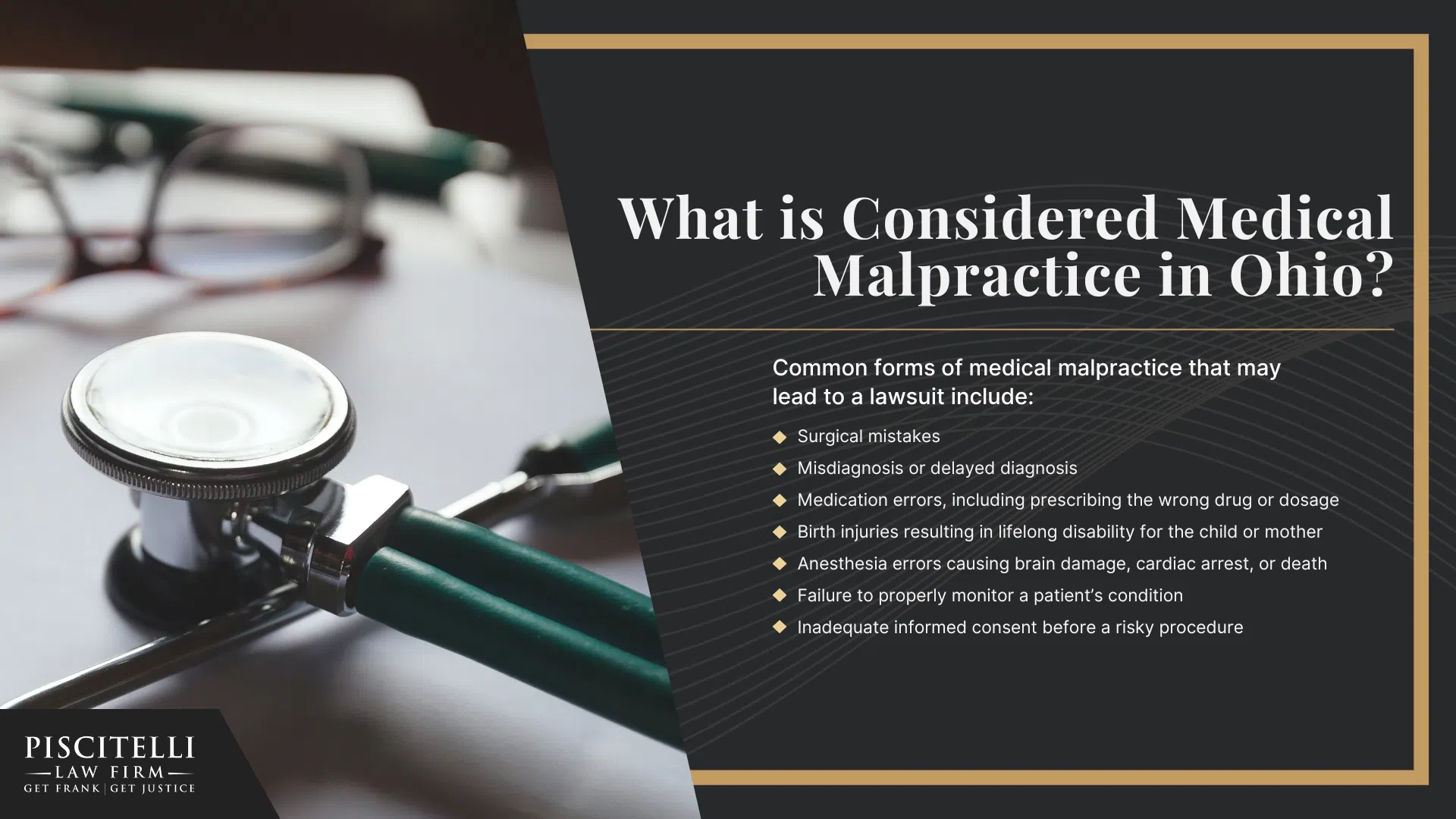
Common forms of medical malpractice that may lead to a lawsuit include:
- Surgical mistakes, such as operating on the wrong body part or leaving a foreign object inside a patient
- Misdiagnosis or delayed diagnosis of serious conditions like cancer or stroke
- Medication errors, including prescribing the wrong drug or dosage
- Birth injuries resulting in lifelong disability for the child or mother
- Anesthesia errors causing brain damage, cardiac arrest, or death
- Failure to properly monitor a patient’s condition during or after treatment
- Inadequate informed consent before a risky procedure
To pursue compensation, injured patients must prove that the defendant owed them a duty of care, breached that duty, and directly caused measurable harm.
Medical malpractice claims often hinge on the testimony of medical experts who can confirm what the standard of care should have been.
Ohio law also allows for non-economic damages like pain and suffering, though caps may apply.
Hospitals and healthcare professionals may be held liable both individually and institutionally.
Given the complex timeline and procedural rules under Ohio’s statute, working with an attorney who has extensive experience in medical malpractice litigation is essential.
If you or a loved one suffered serious harm due to medical negligence, speak with an experienced Cleveland medical malpractice lawyer today to learn if you may be eligible to pursue a claim.
Contact the Piscitelli Law Firm today for a free consultation, or use the chat feature on this page to find out if you qualify for a medical malpractice case instantly.
The Statute of Limitations for Medical Malpractice Cases in Ohio
In Ohio, the statute of limitations for filing a medical malpractice lawsuit is generally one year from the date the injury was discovered or reasonably should have been discovered.
This rule is outlined in Ohio Revised Code § 2305.113, which governs the timeframe in which an injured patient may bring a medical negligence case against a healthcare provider.
The one-year clock may begin either when the injury was discovered or when the doctor-patient relationship ended (whichever is later) but the law requires that suit must be filed within four years of the actual date the injury occurred, regardless of when it was discovered.
This time limit applies to cases involving hospitals, doctors, nurses, and other licensed medical professionals whose actions or inaction caused serious harm.
If the patient fails to file the lawsuit within that window, the court will likely dismiss the claim, even if strong evidence of malpractice exists.
The one-year deadline may be extended by 180 days if the plaintiff provides written notice to the potential defendant(s), but this extension must be filed within the original one-year period.
Exceptions are rare and typically apply in cases involving minors, mental incompetence, or fraudulent concealment by the medical provider.
In any potential claim, it’s crucial to act quickly and speak with a knowledgeable lawyer to preserve your right to pursue justice and compensation.
If you believe medical professionals were negligent and caused serious injury, do not wait to explore your legal options.
Timing could mean the difference between a valid case and a forfeited opportunity.
Who Can Be Named in an Ohio Medical Malpractice Suit?
In Ohio, various individuals and entities can be held liable when medical errors result in serious injuries or wrongful death.
The lawsuit may focus on physician malpractice, but liability isn’t limited to doctors alone.
Depending on the circumstances, other medical professionals and institutions may also share fault, particularly in complex environments like hospitals or nursing homes.
In rare cases, even administrative staff or third-party contractors could be named if their negligence contributed to the harm.
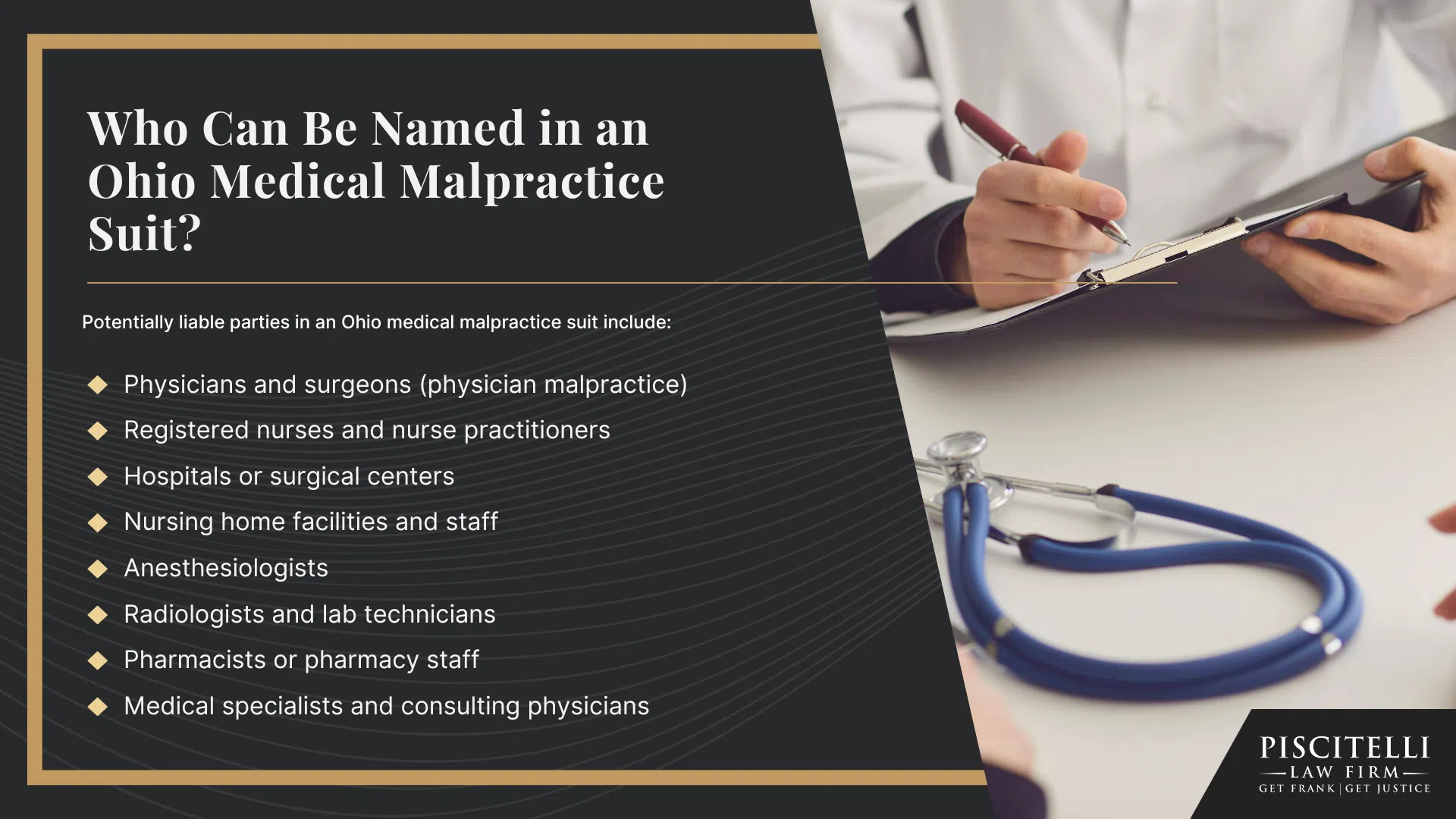
Potentially liable parties in an Ohio medical malpractice suit include:
- Physicians and surgeons (physician malpractice)
- Registered nurses and nurse practitioners
- Hospitals or surgical centers
- Nursing home facilities and staff
- Anesthesiologists
- Radiologists and lab technicians
- Pharmacists or pharmacy staff
- Medical specialists and consulting physicians
Each party’s liability depends on their role in the treatment, the standard of care expected, and whether their actions or inactions contributed to the injury.

